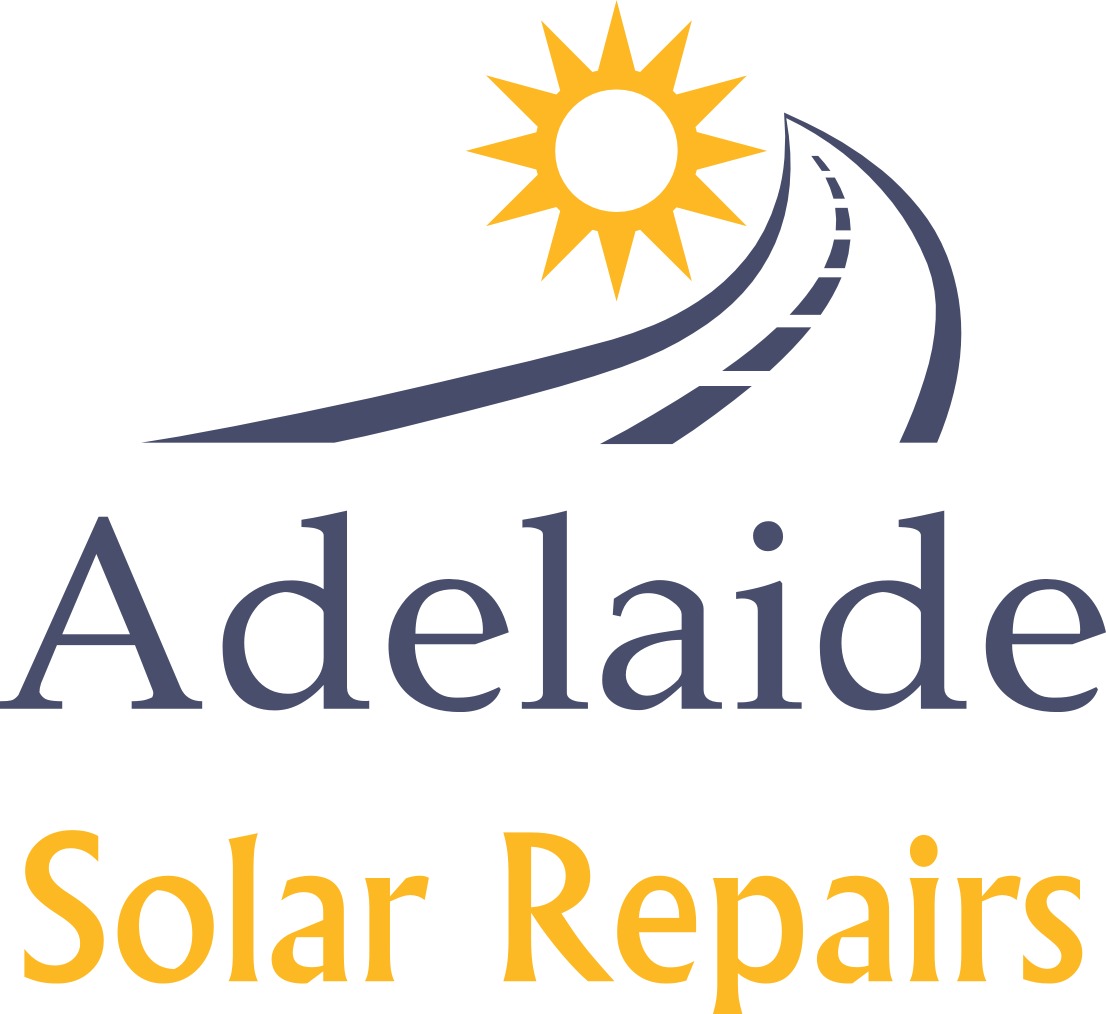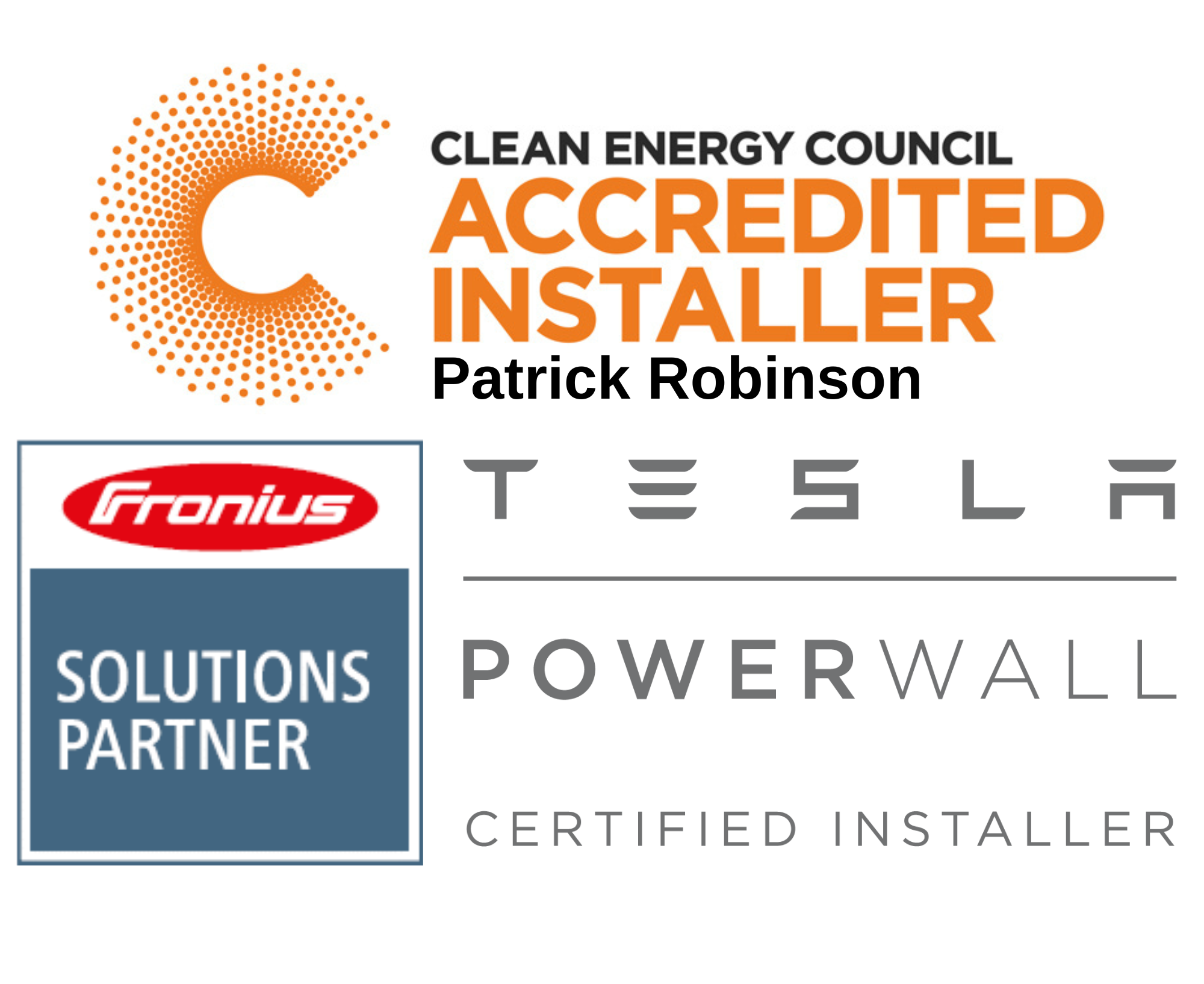Regulatory Changes for Smarter Homes – an initiative of the SA Government comes in to force on 28th Sept 2020.
What does this mean? Good question, we have all been asking this, and this is our current understanding, but who knows, we could have got it a bit wrong, as there is a lot of confusion out there. We talked to the OTR (Office Of The Technical Regulator) on Friday to try to work out what it means to us and you.
Any solar install in SA that involves installing an inverter will be affected. This means new solar systems, and replacement inverters. Adding or replacing panels to an existing system, or installing a battery (for instance Tesla Powerwall) is not affected.
How will they be affected?
Voltage Ride Through Requirements
All inverters installed in SA from 28th Sept 2020 have to be on the ‘VDRT Approved Inverter List’. All inverter manufacturers have been submitting their inverter range for additional testing, and the list is being added to on a daily basis. There will definitely be some current solar inverters which will not make the list, and will no longer be able to be installed.
However this is not the only new requirement which comes in to force on that date.
Remote Disconnection and Reconnection of Electricity Generating Plants
This new requirement is that all new prescribed electricity generating plants (ie new solar system or replacement inverter) are capable of being remotely disconnected, and later reconnected, by the relevant agent.
Interesting, but what exactly does that mean? It means that all systems will firstly need some hardware/software connected to the solar and (maybe the grid). It will need to be linked up to the internet, so the ‘relevant agent’ can manage the inverter remotely, and switch it off or on as required. At the moment the list of ‘Approved Agents’ is not very long, but we understand that more agents are being approved every day, so hopefully that will mean more choice.
What Does This Mean For New Installations?
New solar installs will need a newly approved inverter, plus may need additional hardware. At the moment Enphase micro inverters or Redback inverters will incur no additional cost or hardware, because these are included as standard with these inverters.
Options that may be available, depending on your solar setup, the inverter you choose, and your electricity meter:
- If you have an Intellihub or Acum smart meter you may be able to utilise this at no additional cost (note this will only work if the solar is connected at the meterbox) This is the only option so far that does not rely on you having wifi.
- Additional software/hardware that uses the home wifi/router
It will also need permanent access to wifi, so solar system owners will need to ensure they have permanent wifi and it remains connected at all times, so no dongles or hotspotting. Better also not change your modem or change your wifi password as this will mean you are not connected.
Some options will also incur an additional cost, and it will depend on who the agent is, and what the solution used is.
What Does This Mean For Replacing Inverters?
This is even more of an issue. Unless the inverter you have is replaced with the exact same make and model, these rules also apply.
So, many people will need to purchase and install additional hardware so they can be hooked up to the internet and everyone will need to sign up with a ‘relevant agent’.
There are also some instances where replacement inverters are not compatible and upgrading will also need to happen. We have compiled a list of implications that we can think of so far, and there may be others:
| Current Inverter | Additional Requirements |
| Aerosharp | This will probably involve earthing panels and replacing DC isolators |
| Conergy WR | This will probably involve earthing panels and replacing DC isolators |
| Delta Solivia | This will probably involve earthing panels and replacing DC isolators |
| Fronius IG | This will probably involve earthing panels and replacing DC isolators |
| Latronics | This will probably involve earthing panels and replacing DC isolators. It will also involve re-stringing panels in to longer strings |
| Sharp JH1600E | This will probably involve earthing panels and replacing DC isolators |
| SMA SB1100-SB3800 | This will probably involve earthing panels and replacing DC isolators |
| SMA SB2000-3000HF | This will probably involve earthing panels and replacing DC isolators |
| Xantrex 2800 | This will probably involve earthing panels and replacing DC isolators |
However this is not the only consideration, there is also the panels you have to be considered. Most solar panels will not be an issue, however if you have any of these you need to know:
| Current Solar Panels | Action Needed |
| Kaneka (thin film) panels | Remove panels and replace (thin film panels will not work with any of the inverters on the new list) |
| Mitsubishi (thin film) panels | Remove panels and replace (thin film panels will not work with any of the inverters on the new list) |
| Solar Frontier (thin film) panels | Remove panels and replace (thin film panels will not work with any of the inverters on the new list) |
| Sunpower (old panels) | Remove panels and replace (these require positive earthing which cannot be done with any of the inverters on the new list) |
These inverters and panels are all affected because the Fronius Galvo range, which are the only transformer inverters on the market, have not passed the ‘Voltage Ride Through’ requirement, so will not be able to be installed from 28th Sept.
There are also more requirements coming in next year, all the details as we know them can be found on the Energy and Mining website here
You can also find the lists of approved inverters and ‘relevant agents’ on the Energy and Mining website.
The SA Government has also released a helpful document to help consumers understand this more – Smart Homes Consumer Guide
UPDATED 26/9/20

